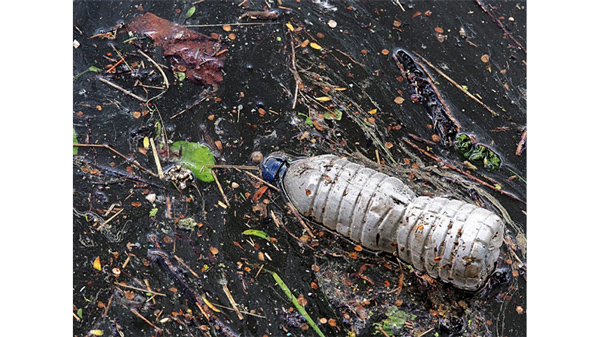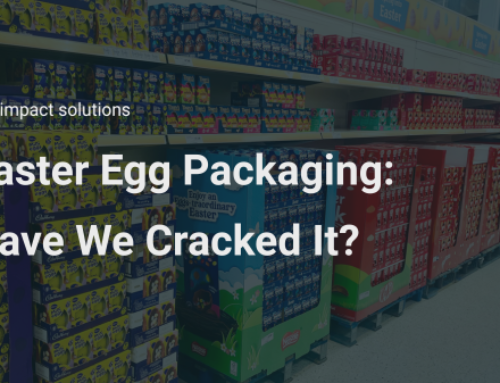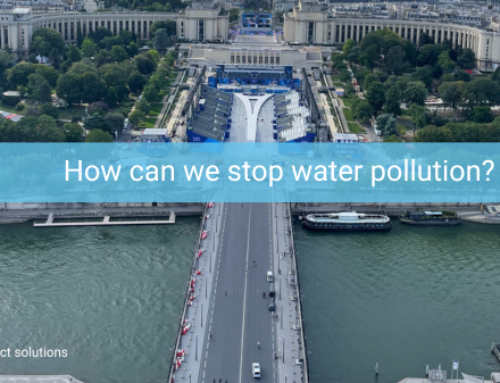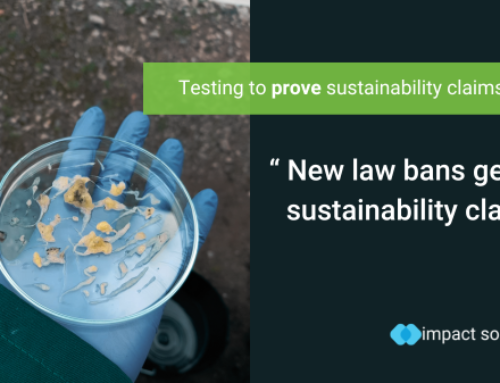Lately there has been a lot of buzz surrounding people wanting to find out about their “plastic footprint”.
What is a plastic footprint?
A plastic footprint is how much plastic a single person uses per year. It is tracked by the individual. Recently with the spike in plastic emerging in the ocean and the issue that this has been causing, there has been an abundance of people looking to reduce their plastic footprint.
Ways that are said to reduce your plastic footprint can include using a reusable coffee cup, instead of single use, as only 1% of these are recycled in the UK per annum. In the UK, places like Costa Coffee also have a lower price on your drink if you have your own reusable cups. In this same category, using a reusable water bottle, instead of buying single use bottles helps and some other ways to further reduce a person’s plastic footprint can include using bamboo toothbrushes, paper bags, reusable bags, glass containers and much more.
However, there is some controversy surrounding the reduction of plastic in favour of a “greener” alternative. Such as the fact that while there needs to be more recycling schemes and collections for these single use items, not all of them are more eco-friendly than others. The assumption that because something isn’t plastic, means that it is eco-friendly is harmful. An example of this would be the assumption that because paper bags ‘biodegrade’ they are more eco-friendly than plastic ones. This isn’t necessarily true, as the paper bag takes a much higher water content to manufacture, costing almost twice as much. This also negatively impacts the environment, especially with the fact that LCA (lifecycle assessments) show plastic bags account for less than 1% of litter. Another alternative to using single use paper or plastic bags, is keeping a few cotton bags on hand in your car etc. These can be used hundreds of times before needing to be replaced.
This quote shows the reality of plastic bags vs paper:
“To replace plastic bags with paper bags requires 2.7x more energy, 1.6x more carbon dioxide emissions and 17x more water usage. It has also been estimated that replacing the plastic bags in the EU would require cutting down an astonishing 2.2 million more trees per year and require 60 000 Olympic swimming pools more water.”
Taking in this information, most people would choose to ignore this or not look further into the facts. As it happens, many environmental sites that have articles detailing the issue, do not link scientific studies.
Metal (stainless steel with silicone seal) has been considered the safest alternative when buying reusable mugs and bottles. This has come after there was a surge of bamboo cups and containers. These “biodegradable” bamboo cups were under siege after a German testing company, Stiftung Warentest, tested 12 brands of bamboo cups to see what they were made of and how this affected the drinks placed inside them. What they found, was that production companies were leaving facts out in their marketing. While saying the cups were made of bamboo, the bamboo was ground into fine fibres, then glued together with melamine resin. This is not considered to be a dangerous substance, under the right conditions.
Melamine resin (formaldehyde and melamine) is safe, so long as it remains under 70°C. This became a problem when the product was marketed as a container for hot drinks and microwave safe. The result was that after the hot liquid was tested for chemicals, the test came back for high amounts of melamine and some showed levels of formaldehyde. These cups were not safe nor fit for purpose. The melamine resin used as a glue, had another effect though. Not only did it endanger the user, they were marketed as biodegradable and while bamboo itself is biodegradable, being altered with melamine resin meant that the product would never biodegrade. So, in this case, the greener option, was not very green. This isn’t to say that biodegradable products are bad, quite the opposite. Biodegradables are a great alternative to regular plastics, but they must undergo the correct testing to classify as biodegradable and be marketed correctly, as to not disillusion the consumer.
Ever since plastic started being viewed as a threat to the environment and the public have become more aware of its impacts, there has been a stigma surrounding plastic. This stigma includes the assumption that everything to do with or that is made with plastic is harmful. While reducing our plastic footprint is a positive step to help the environment, ensuring that proper research is carried out is key. Plastic being reused and recycled should be another source of reducing our carbon and plastic footprint. This does no additional harm to the earth and actually helps put a use to the plastic we have already created. More collections, more schemes to recycle these, would help with the single use market. However, in some cases the product’s application needs to be carefully considered as recycled plastic may not be the best option for the intended use.
Coca Cola recently wrote out about why they were only aiming for 50% recyclability in their products and the reason was simple: there isn’t enough material available being collected that it could keep up with their product demand. While they get recyclate to use in their products, only a certain percentage of this can be reused at food grade. Due to this, they shifted their focus, to start collections on their own bottles, to start a cycle in their own recycling.
So next time you think about switching out your plastic product for a greener option, make sure that what you’re using is really as eco-friendly as it claims. Or maybe just be more mindful of plastic products you buy in the first place and recycle what plastic products you can.
To learn more contact us today, or follow us on Facebook, LinkedIn and Twitter.





